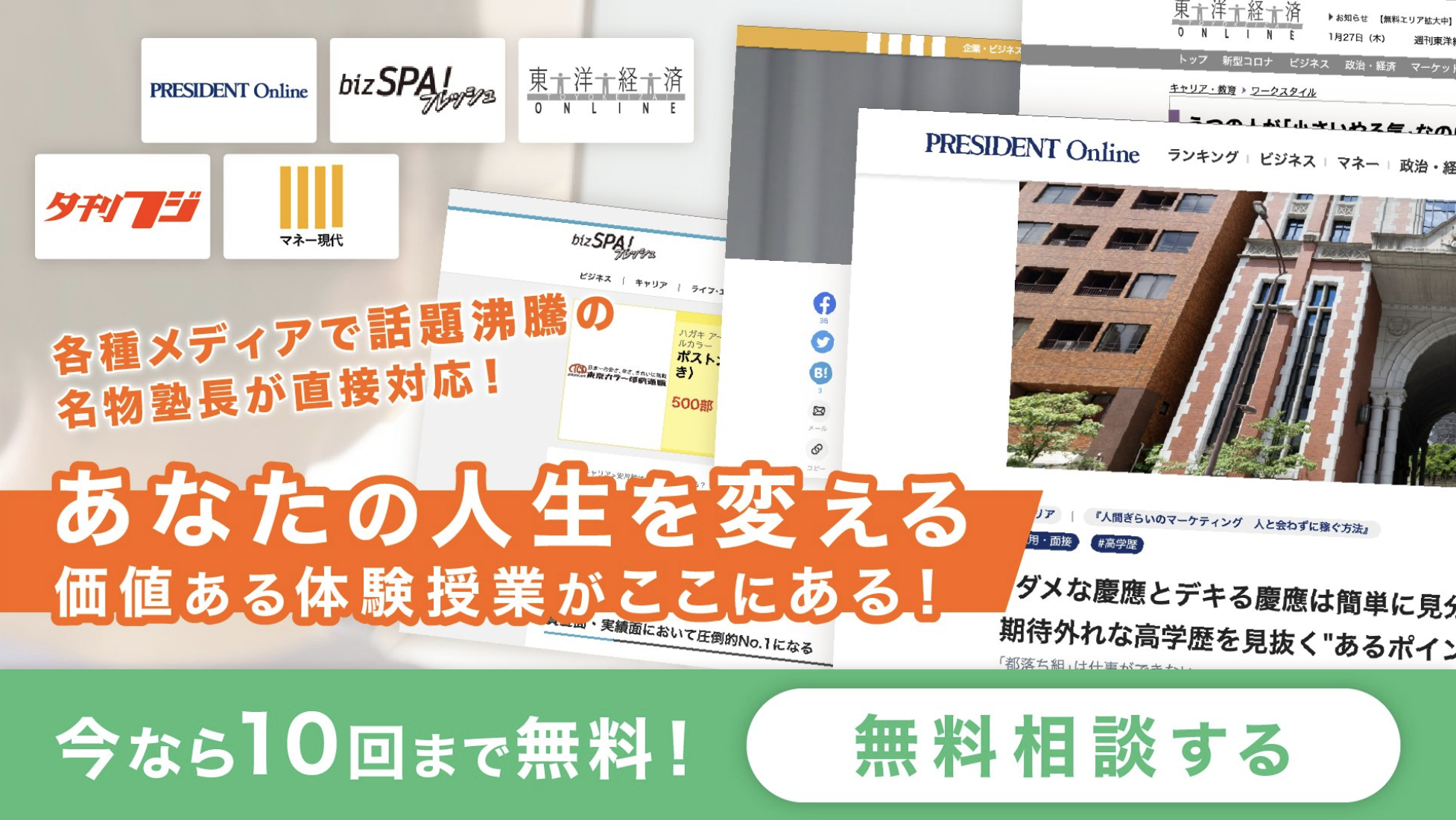慶應義塾大学 経済学部 PEARL入試 志望理由書 提出例(中嶋 亮先生ゼミ向け)
Dr. Ryo Nakajima
Professor
Department of Economics, Econometrics
Keio University
Dear Professor Nakajima,
I am writing this letter to explain my motivation behind application for Department of Economics at Keio University, specializing in Theoretical Econometrics. The more data we have, the need for processing them gets bigger. I have read a number of your published work which I was very intrigued by. I would be more than grateful if you could kindly give this a consideration.
Abstract
Whether good or bad, hundreds of studies all point in the same direction that “About 50 per cent of the difference in intelligence between people is due to genetics,”. Sure inherited intelligence is one thing but what about creativity and efficiency? Is that an asset that relies on genetics, peer pressure, social interaction or education? Einstein once said, “Creativity is contagious, pass it on”. Creativity can be a property of people, processes or products, and be it operations, human resources or R&D, all can benefit from utilising creativity techniques and if we can understand where it comes from, it would be a world saving discovery.
Discussion
Researchers have studied children’s peer relationships since the 1930s (Ladd 2005), impact of peers on development and behavior and its correlation with future income. To survive in today’s rapidly changing environment, people are compelled to continuously re-evaluate products, activities, services, and their market edge in comparison with counterparts. Previous theoretical and empirical studies have shown that several factors affect people’s creativity and efficiency. One factor, social capital, has been the subject of many studies (e.g., Baughn, Neupert, Anh, & Hang, 2011), that can make creativity contagious. Various forms of social capital can be seen as contributing to information sharing, economic development, problem solving, human development, facilitating interunit resource exchange and innovation, value creation, cross-functional team effectiveness etc.
Findings
Especially, studies based on corporate or organizational examples, it seems like creativity is a shared asset within a circle of people or organization, that one can learn and benefit from through social interactions. There is also a clear reference to social interaction at different levels: from sharing ideas in the dyads and bigger groups, focusing on inner dialogues with internalized others, relational experiences in specific environments like school and the Internet, to reflections on the relation between creativity and cultural norms. Meaning, what is creative is defined differently from culture to culture, encouragement of innovation is valued differently from group to group.Therefore, on top of inherited intelligence, creativity is born when there is knowledge sharing, encouragement for expression and social capital to make things happen.
Summary
In the time of information, creativity can be mistaken with knowledge, but more than ever, the importance of understanding theories around creativity and social capital has been of interest. I think this is a very important topic with room for further review and I would love to take part in your seminar to conduct more research. Thank you very much for taking the time and I look forward to hearing from you soon.
Sincerely Yours,
*Hennessey, B. (2003a). Is the social psychology of creativity really social? Moving beyond a focus on the individual. In P. Paulus, & B. Nijstad (Eds.), Group creativity: Innovation through collaboration (pp. 181-201). New York: Oxford University Press.






コメントを残す